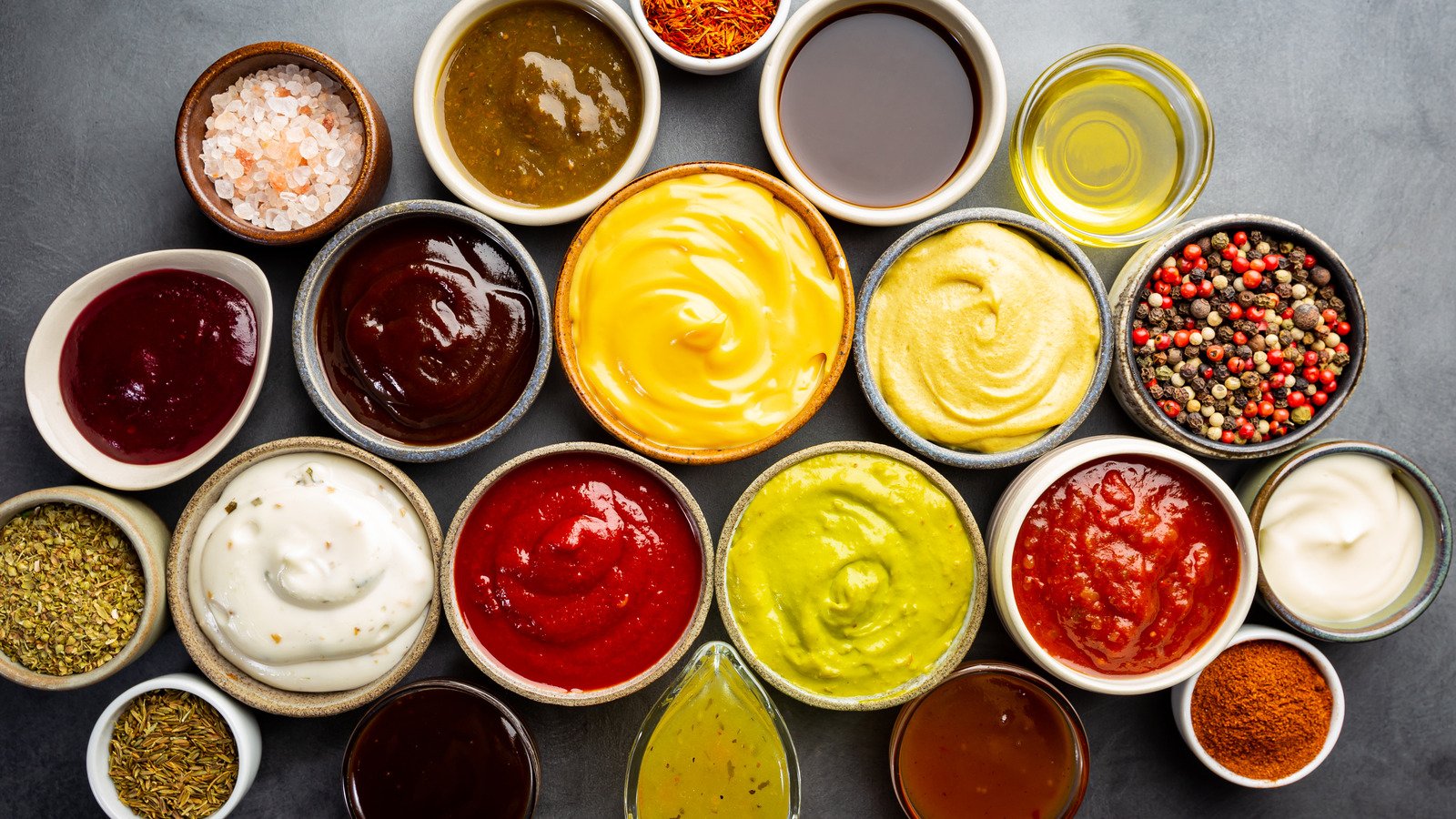French cuisine is known for its rich and flavorful sauces that elevate dishes to new heights. At the core of French sauce-making are the five classic mother sauces. These sauces serve as the foundation for countless variations and are the building blocks of French culinary tradition. In this comprehensive guide, we will explore each of the five French mother sauces, their key ingredients, cooking techniques, and popular derivative sauces.
Béchamel Sauce:
Béchamel sauce is a creamy white sauce made from a roux (a mixture of flour and butter) and milk. It is a versatile sauce that forms the base for many classic dishes. To prepare béchamel, melt butter in a saucepan, add flour to create a smooth paste, and then gradually whisk in warm milk until the sauce thickens. Béchamel is often used in dishes like lasagna, macaroni and cheese, and gratins.
Velouté Sauce:
Velouté sauce is a light and silky sauce made from a white stock (usually chicken, veal, or fish) and a blond roux. The velouté is made by combining the roux with the stock and simmering until the sauce thickens. It provides a delicate base for many seafood and poultry dishes. Variations of velouté include allemande sauce (velouté with egg yolks and lemon juice) and supreme sauce (velouté with cream and butter).
Espagnole Sauce:
Espagnole sauce, also known as brown sauce, is a rich and robust sauce made from a brown stock (often beef or veal) and a brown roux. The sauce is simmered with vegetables and aromatics to develop a deep flavor. Espagnole sauce serves as the foundation for many classic meat-based sauces. It is often used in dishes like beef stews, roasts, and braised meats.
Tomato Sauce:
Tomato sauce, or sauce tomate, is a tangy and flavorful sauce made from tomatoes, onions, garlic, and various herbs and spices. The sauce is typically cooked slowly to allow the flavors to meld together. Tomato sauce is a staple in Italian and French cuisine and is used in dishes like pasta, pizza, and meatballs. It can also be the base for other derivative sauces such as marinara or puttanesca.
Hollandaise Sauce:
Hollandaise sauce is a rich and buttery sauce made from egg yolks, melted butter, and lemon juice. It is an emulsion sauce that requires careful technique to prevent the eggs from curdling. The sauce is commonly used in classic dishes like Eggs Benedict and served with vegetables, fish, and poultry. Béarnaise sauce is a derivative of hollandaise, with the addition of tarragon, shallots, and vinegar.
Each of these mother sauces serves as a starting point for an extensive array of derivative sauces, allowing chefs to create an endless variety of flavors and textures. Some popular derivative sauces include:
- Mornay sauce: Béchamel with added cheese, often used for gratins and macaroni and cheese.
- Mushroom sauce: Velouté or espagnole with sautéed mushrooms, commonly paired with meats and poultry.
- Chasseur sauce: Demi-glace with shallots, mushrooms, and white wine, commonly served with game meats.
- Marinara sauce: Tomato sauce with herbs, garlic, and olive oil, often used in pasta dishes and pizzas.
- Béarnaise sauce: Hollandaise with tarragon, shallots, and vinegar, commonly served with steak and grilled meats.
In conclusion, the five French mother sauces (béchamel, velouté, espagnole, tomato, and hollandaise) form the foundation of French sauce-making. These sauces provide a base from which countless derivative sauces can be created, adding depth, flavor, and complexity to a wide range of dishes. By mastering these sauces and their variations, chefs can unlock the true artistry of French cuisine and create culinary masterpieces.
- What Are the 5 French Mother Sauces? - July 8, 2023

